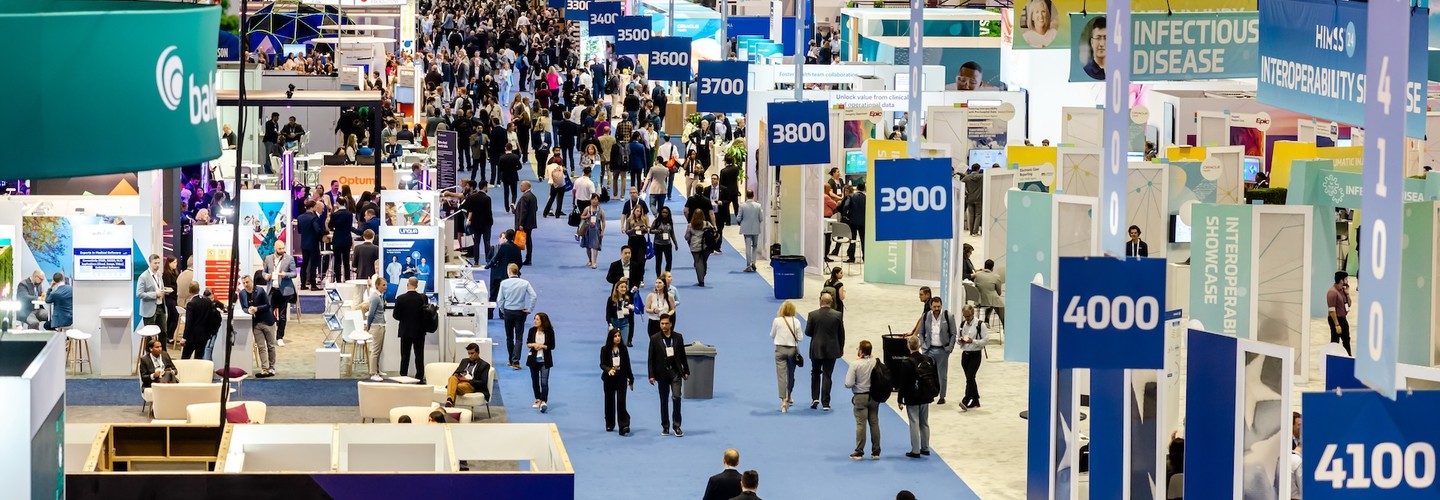
3. Manage the Devices and Network of Your Connected Environment
Among the thousands of identities that healthcare IT teams must manage, they also need to know what devices are accessing their networks. That’s hundreds or even thousands, of devices, from MRIs, glucose monitors and infusion pumps to smartphones and tablet devices.
Lawrence Smith, deputy CISO of California-based El Camino Health, discussed the importance of microsegmentation and monitoring east-west network traffic. “You need to be doing continuous network inventory,” he said.
El Camino Health has more than 30,000 endpoints, Smith said. It’s not enough to know the IP addresses of the devices; the organization has established a baseline for expected device behavior. He also highlighted the importance of teamwork among those who handle the devices, from clinical engineering specialists to IT workers.
“Our community is about collaboration,” he said, adding that healthcare organizations strengthen their cybersecurity when all departments work together.
EXPLORE: Here’s how health systems are using telehealth and data to transform access to care.
At a separate session, Stanford Health Care experts discussed the benefits and difficulties associated with mobile devices such as smartphones and tablets, as well as the management and adoption hurdles that they present.
“Make the technology simple so that it’ll be utilized. That’s really the key,” said Helena Findikaki, senior manager of technology and operations at Stanford Health Care. Of course, IT teams don’t want to impede workflow, but these devices require “stringent security review,” she said.
She also noted the importance of sustainability and reducing e-waste where possible. Could older devices be appropriate in certain settings? “How can we work to really extend the life of that device?” she said.
Loss prevention remains a challenge, so it’s important that device management teams act quickly in the first hours after a device is reported missing, added Steven Banaban, lead system engineer at Stanford Health Care.
“Healthcare has specific needs. We need to be enterprise-ready,” he said.
Keep this page bookmarked for our ongoing coverage of HIMSS24. Follow us on X (formerly Twitter) at @HealthTechMag and join the conversation at #HIMSS24.


